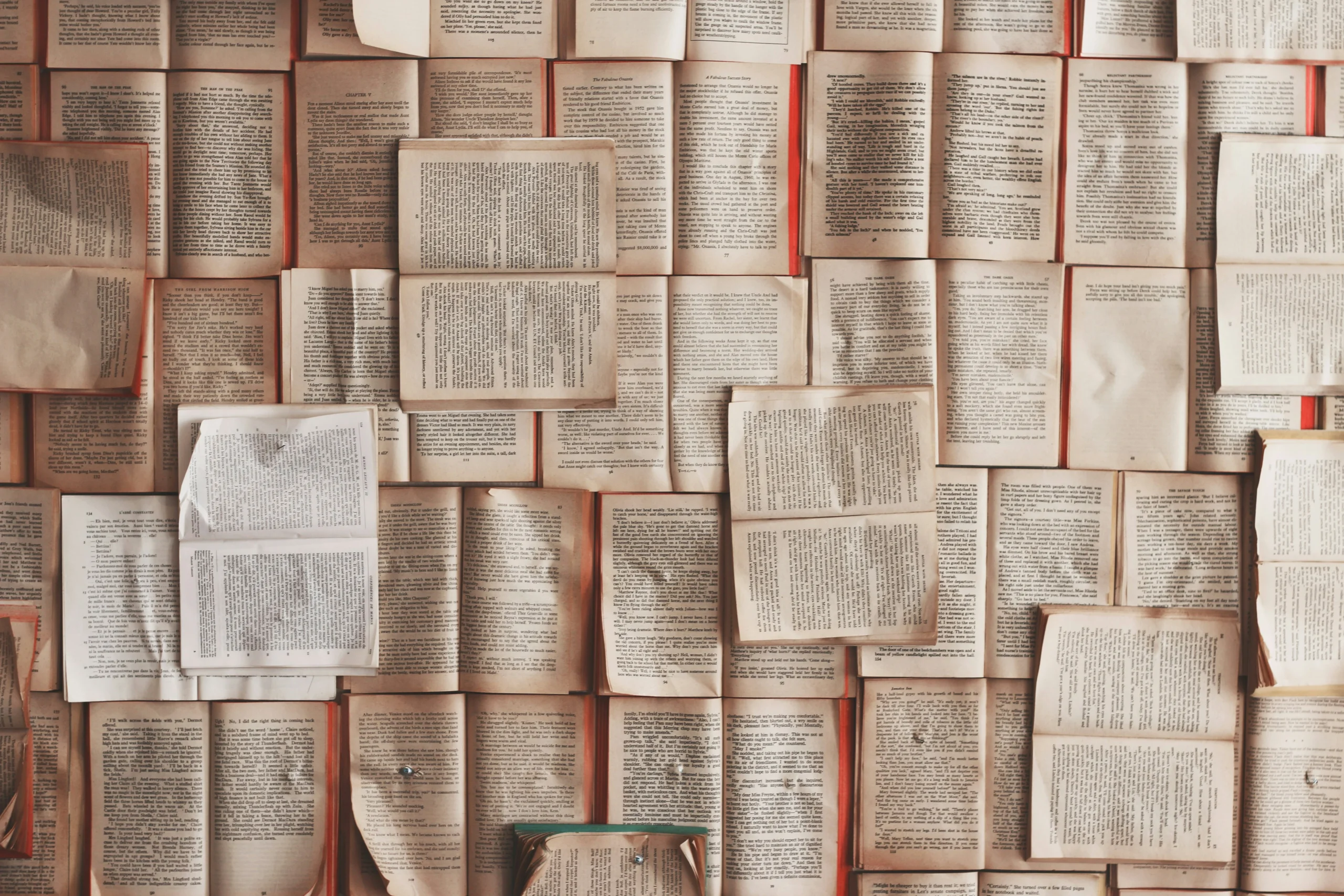The essence of The Art of Effortless Living is simple: effort is not inherently virtuous. Excessive striving can often be counterproductive. This book invites readers to embrace the idea that ease can lead to great results.
The Paradox of Effort
In life, we often encounter situations where tremendous effort yields little to no results, while certain tasks seem to achieve success effortlessly. Why does this happen? Excessive effort can place a heavy cognitive load on us, consuming our mental capacity and leading to overthinking. This “over-effort” often results in distorted actions and diminished outcomes.
Consider NBA player Stephen Curry, renowned for his impeccable three-point shots. Before games, Curry often takes random, playful shots from far distances, creating a relaxed atmosphere. This seemingly trivial ritual helps him achieve a state of flow, enabling peak performance. The book emphasizes that relaxation and a lighthearted mindset are crucial for optimal results.
The Structure of the Book
The book is divided into three main parts, with five chapters each:
- The State of Effortlessness: How to cultivate a relaxed state of mind.
- Effortless Actions: Tools and techniques for achieving more with less effort.
- Effortless Results: Strategies for exponential gains instead of linear progress.
Key Insights
1. Embrace the State of Effortlessness
- Always ask, Is there an easier way? Many of us are conditioned to equate success with hardship, often glorifying struggle. However, real success lies in minimizing unnecessary effort and finding efficient solutions.
- Recognize that important tasks can be simple. For example, Einstein’s theory of relativity was derived using basic principles like momentum conservation. The greatest ideas often stem from simplicity.
2. Enjoy Without Delay
Traditional wisdom often advocates delayed gratification, suggesting we must endure hardship before experiencing joy. However, the book argues that joy and work are not mutually exclusive. Consider the concept of “Red Nose Day,” a British initiative combining comedy and charity. Through creative and joyful fundraising, this movement raised significant funds for impoverished communities without emphasizing suffering.
3. Focus on Gratitude, Not Complaints
The book introduces a powerful concept: what we focus on expands.
- The Circle of Abundance: Focus on what you have, and you’ll feel abundant.
- The Circle of Lack: Obsess over what you lack, and you’ll feel impoverished.
By practicing gratitude, we can shift from a downward spiral of negativity to an upward trajectory of positivity. A simple method suggested is the “complaint trigger”: every time you complain, immediately express gratitude. Over time, this habit can transform a negative mindset into a positive one.
Practical Applications
- Introduce Rituals: Rituals add joy to mundane tasks. Whether it’s Agatha Christie brainstorming while eating apples in the bathtub or Beethoven meticulously counting coffee beans, rituals bring a sense of ceremony and pleasure to daily life.
- Reverse Thinking: Instead of focusing on the process, start with the desired outcome. For instance, Southwest Airlines saved millions by questioning the necessity of traditional tickets, opting for simple A4 printouts instead.
- Leverage the Power of Triggers: Set specific triggers for good habits. For instance, reading a book every night as soon as you lie in bed can make reading an effortless habit.
Conclusion
Effortless: Make It Easier to Do What Matters Most Book by Greg McKeown challenges the deeply ingrained notion that struggle equals success. By adopting a mindset of ease, focusing on gratitude, and integrating joy into our work, we can achieve more with less effort. The book offers a refreshing perspective on living a fulfilled and balanced life.

